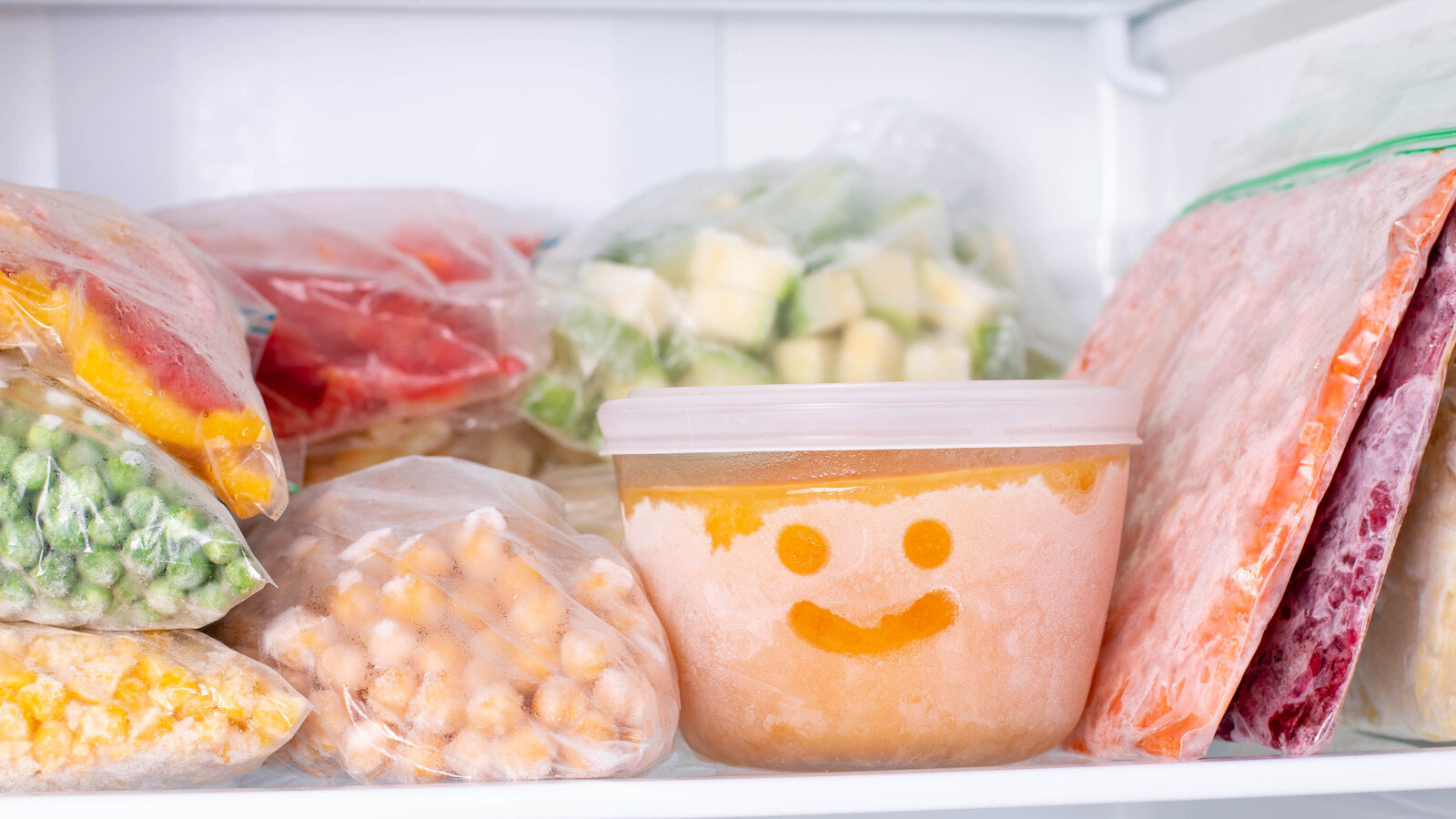

Articles
How To Store Vegetables In Refrigerator
Modified: January 18, 2024
Learn the best way to store vegetables in your refrigerator in this informative article. Find tips and tricks to keep your produce fresh and extend its shelf life.
(Many of the links in this article redirect to a specific reviewed product. Your purchase of these products through affiliate links helps to generate commission for Storables.com, at no extra cost. Learn more)
Introduction
Properly storing vegetables is essential to maintain their freshness and maximize their shelf life. The refrigerator is a convenient and effective way to store a wide variety of vegetables, as it helps to slow down their natural spoilage process. However, not all vegetables are suitable for refrigerator storage, and improper storage techniques can actually accelerate their deterioration.
In this article, we will explore the best practices for storing vegetables in the refrigerator to ensure their long-lasting freshness. From selecting the right vegetables to packaging them correctly and maintaining the optimal temperature, we will cover everything you need to know to keep your vegetables crisp, flavorful, and nutritious.
By following the guidelines in this article, you can significantly reduce food waste and save money by extending the life of your vegetables. So let’s dive in and discover how to store vegetables in the refrigerator effectively.
Key Takeaways:
- Choose the right vegetables for refrigerator storage to maintain freshness and flavor. Properly prepare, package, and monitor the temperature to extend shelf life and reduce food waste.
- Avoid common mistakes like washing before storage and mixing ethylene-producing vegetables. Follow best practices to maximize vegetable freshness, minimize spoilage, and enjoy nutritious produce longer.
Read more: How To Store Lettuce In The Refrigerator
Choosing the Right Vegetables for Refrigerator Storage
Not all vegetables are suitable for refrigerator storage, as some are more sensitive to the cold temperatures and can lose their flavor or texture when kept in the fridge. It’s important to choose vegetables that have a longer shelf life and are less prone to wilting, discoloration, or spoilage.
Here are some vegetables that are ideal for refrigeration:
- Leafy greens: Lettuce, spinach, kale, Swiss chard, and other leafy greens can be stored in the refrigerator to maintain their freshness. It’s best to rinse them, dry thoroughly, and store them in airtight containers or sealable bags to prevent wilting.
- Root vegetables: Carrots, beets, radishes, turnips, and potatoes are excellent candidates for refrigerator storage. Make sure to remove any greens attached to the roots, as they can draw out moisture and cause spoilage. Store them in a cool, dark place within the refrigerator.
- Cruciferous vegetables: Broccoli, cauliflower, cabbage, and Brussels sprouts can all be stored in the refrigerator. It’s best to keep them in perforated plastic bags or wrap them in damp paper towels to maintain their moisture levels.
- Peppers: Bell peppers, chili peppers, and other varieties can be stored in the refrigerator. Keep them in a plastic bag to retain their moisture and prevent them from becoming soft.
- Herbs: Fresh herbs like parsley, cilantro, basil, and mint can be stored in the refrigerator. Trim the stems and place them in a glass of water, covering the leaves with a plastic bag or wrap to maintain humidity.
On the other hand, some vegetables are best stored outside of the refrigerator. These include tomatoes, avocados, onions, and garlic, as they can lose flavor and texture when chilled.
By choosing the right vegetables for refrigerator storage, you can ensure that they remain fresh and delicious for an extended period of time.
Preparing Vegetables for Refrigerator Storage
Before storing vegetables in the refrigerator, it’s important to properly prepare them to prolong their freshness. Here are some steps to follow:
- Inspect for freshness: Prior to storing, check the vegetables for any signs of spoilage or damage. Remove any bruised or rotting parts, as they can contaminate the rest of the vegetables.
- Wash thoroughly: Rinse the vegetables under cool running water to remove any dirt or debris. Use a vegetable brush if necessary, but avoid washing them with soap, as it can leave a residue.
- Dry completely: After washing, ensure that the vegetables are completely dry before storing them in the refrigerator. Excess moisture can lead to faster spoilage. You can pat them dry with a clean kitchen towel or use a salad spinner to remove the water.
- Trim or cut (if needed): Depending on the vegetable, you may need to trim or cut them into smaller pieces before storing. Remove any leaves or stems that are wilted or damaged. However, it’s best to keep the vegetables whole if possible, as cutting them exposes more surface area to air, which can lead to faster deterioration.
- Separate ethylene-producing vegetables: Some vegetables produce ethylene gas, which can accelerate the ripening process and spoil nearby produce. Keep ethylene producers like bananas, tomatoes, and melons separate from other vegetables to prevent premature spoilage.
By taking these steps to prepare your vegetables before refrigerating them, you can help extend their shelf life and maintain their quality.
Proper Packaging for Refrigerator Storage
Choosing the correct packaging for refrigerator storage is crucial to maintain the freshness and prevent moisture loss of your vegetables. Here are some tips for proper packaging:
- Use airtight containers: Invest in airtight containers or resealable bags to store your vegetables. These containers prevent exposure to air, which can cause oxidation and spoilage. Ensure that the containers are clean and dry before placing the vegetables inside.
- Wrap in plastic wrap: For certain vegetables, like cucumbers or zucchinis, wrapping them in plastic wrap can help retain their moisture. This extra layer of protection can prevent wilting and maintain their crispness.
- Use perforated bags: Some vegetables, such as broccoli or bell peppers, benefit from being stored in perforated plastic bags. These bags allow for proper airflow, preventing moisture build-up and prolonging the freshness of the vegetables.
- Utilize vegetable drawers: Most refrigerators have designated vegetable drawers with humidity control. These drawers help maintain the optimal moisture level for storing vegetables. Place the prepared vegetables in these drawers and adjust the humidity setting as needed.
- Keep similar vegetables together: To avoid cross-contamination and the transfer of odors, group similar vegetables together when storing. For example, store leafy greens in one container, root vegetables in another, and so on.
- Label and date the containers: It is essential to label the containers or bags with the type of vegetable and the date of storage. This will help you keep track of the freshness of the vegetables and consume them before they spoil.
Proper packaging ensures that your vegetables are protected from moisture loss, air exposure, and cross-contamination, thereby maintaining their quality and extending their shelf life in the refrigerator.
Recommended Temperature for Refrigerator Storage
The temperature at which you set your refrigerator plays a crucial role in preserving the freshness of your vegetables. It is important to maintain the optimal temperature range to prevent spoilage and extend their shelf life.
The recommended temperature for refrigerator storage is between 35°F (1.7°C) and 40°F (4.4°C). This temperature range helps slow down the growth of bacteria and slows down the ripening process of fruits and vegetables.
To ensure that your refrigerator is set to the ideal temperature, you can use a refrigerator thermometer. Place it on one of the shelves and monitor the temperature regularly. Adjust the refrigerator settings accordingly to maintain the desired temperature range.
However, it’s important to note that different areas of the refrigerator may have slightly different temperatures. The temperature tends to be colder at the back and near the bottom, while the door shelves are typically warmer due to frequent opening and closing of the refrigerator door. Keep this in mind when storing your vegetables and place more delicate items away from the colder areas.
By maintaining the recommended temperature range in your refrigerator, you can significantly extend the shelf life of your vegetables and keep them fresh and delicious for a longer period of time.
To store vegetables in the refrigerator, make sure to keep them in the crisper drawer, which helps maintain the proper humidity levels. Additionally, store vegetables in perforated plastic bags to allow for airflow and prevent moisture buildup.
Read more: How To Store Celery In The Refrigerator
Shelf Life and Storage Times of Different Vegetables
The shelf life of vegetables can vary depending on their type and freshness at the time of purchase. Proper storage in the refrigerator can help prolong their shelf life and maintain their quality. Here are some general storage times for common vegetables:
- Leafy greens: Leafy greens like lettuce, spinach, and kale can typically be stored in the refrigerator for about 5 to 7 days. Make sure to wash and dry them thoroughly before storing.
- Root vegetables: Carrots, beets, radishes, and potatoes can last anywhere from 2 to 4 weeks when stored properly in a cool, dark place within the refrigerator. Ensure they are dry and remove any greens attached.
- Cruciferous vegetables: Broccoli, cauliflower, cabbage, and Brussels sprouts can be stored in the refrigerator for about 1 to 2 weeks. Keep them in perforated plastic bags or wrap them in damp paper towels.
- Peppers: Bell peppers and chili peppers can last up to 1 to 2 weeks in the refrigerator. Store them in a plastic bag to retain moisture.
- Herbs: Fresh herbs can vary in storage time. Hardier herbs like rosemary and thyme can last for up to 1 to 2 weeks when stored properly in the refrigerator. More delicate herbs like basil and parsley typically have a shorter shelf life of about 4 to 5 days. Trim the stems and place them in a glass of water, covering the leaves with a plastic bag or wrap to maintain humidity.
It’s important to keep in mind that these storage times are general estimates and can vary depending on the freshness of the vegetables when purchased and the specific conditions of your refrigerator.
Inspect the vegetables regularly for any signs of spoilage, such as wilting, discoloration, or a foul odor. If you notice any deterioration, it’s best to discard the vegetable.
Proper storage and monitoring of the shelf life can help you minimize food waste and ensure that you consume your vegetables at their peak freshness.
Tips for Maximizing Vegetable Freshness in the Refrigerator
Proper storage techniques are essential for maximizing the freshness and maintaining the quality of your vegetables in the refrigerator. Here are some tips to help you preserve the freshness of your vegetables:
- Store unwashed: It’s best to keep your vegetables unwashed until you are ready to use them. Washing vegetables before storage can introduce moisture, which can lead to faster spoilage. Clean them right before cooking or consuming.
- Remove excess moisture: Ensure that your vegetables are thoroughly dry before storing them in the refrigerator. Excess moisture can promote the growth of bacteria and cause the vegetables to spoil faster. Use a salad spinner or pat them dry with a clean kitchen towel.
- Separate high-ethylene and sensitive vegetables: Some vegetables produce a gas called ethylene, which can accelerate ripening and spoilage in other vegetables. Keep high-ethylene producers like bananas, tomatoes, and melons separate from more sensitive vegetables to prevent premature spoilage.
- Avoid overcrowding: Proper airflow is crucial for maintaining vegetable freshness. Avoid overcrowding the refrigerator and leave some space around the vegetables to allow for circulation of cool air. This helps prevent moisture build-up and ensures even cooling.
- Check regularly: Regularly inspect your vegetables for any signs of spoilage or deterioration. Remove any vegetables that are starting to go bad to prevent them from affecting the freshness of other vegetables.
- Use the crisper drawer: Utilize the humidity-controlled crisper drawer in your refrigerator for storing vegetables. Adjust the humidity setting based on the type of vegetables being stored. Leafy greens and herbs prefer higher humidity, while other vegetables like carrots and peppers prefer lower humidity.
- Label and rotate: Label the containers or bags with the date of storage. Whenever you add new vegetables to the refrigerator, place them behind the older ones to ensure that you use the older ones first and minimize food waste.
By following these tips, you can maintain the freshness and quality of your vegetables for a longer period, reducing food waste and ensuring that you have crisp and nutritious produce on hand.
Common Mistakes to Avoid when Storing Vegetables in the Refrigerator
Proper storage of vegetables in the refrigerator is essential to maintain their freshness and quality. However, there are some common mistakes that people often make. Avoid these errors to ensure that your vegetables stay fresh for as long as possible:
- Washing before storage: Washing vegetables before storing them introduces excess moisture, which can lead to faster spoilage. Wait to wash the vegetables until you are ready to use them.
- Storing wet vegetables: Moisture can cause vegetables to rot quickly. Before storing, make sure your vegetables are completely dry. Use a salad spinner or pat them dry with a clean kitchen towel.
- Mixing ethylene-producing vegetables with sensitive ones: Some vegetables produce a gas called ethylene, which can accelerate the ripening process of other nearby vegetables. Avoid storing high-ethylene producers like bananas, tomatoes, and melons together with ethylene-sensitive vegetables, as it can cause premature spoilage.
- Not using airtight containers: Using open or loosely covered containers can lead to moisture loss and spoilage. Invest in airtight containers or resealable bags to maintain the freshness and prevent exposure to air.
- Overcrowding the refrigerator: Proper airflow is crucial for maintaining vegetable freshness. Avoid overcrowding the refrigerator and leave some space around the vegetables to allow for proper air circulation. This helps prevent moisture build-up and ensures even cooling.
- Storing vegetables near the back of the fridge: While it may seem like the coldest spot, storing vegetables directly against the back wall of the refrigerator can lead to freezing, which alters their texture and quality. Keep a slight distance from the back wall to prevent this.
- Ignoring spoilage signs: Regularly check your vegetables for any signs of spoilage, such as wilting, mold, or a foul odor. Remove any spoiled vegetables promptly to prevent them from affecting the freshness of other vegetables.
- Storing ripe and unripe produce together: Ripe fruits and vegetables release more ethylene, which can accelerate the ripening process of nearby produce. Keep ripe and unripe produce separate to maintain optimal freshness and prevent premature spoilage.
By avoiding these common mistakes, you can prolong the shelf life of your vegetables and enjoy fresh, delicious produce for longer periods.
Conclusion
Properly storing vegetables in the refrigerator is crucial for preserving their freshness, flavor, and nutritional value. By following the guidelines outlined in this article, you can maximize the shelf life of your vegetables and reduce food waste.
Start by choosing the right vegetables for refrigerator storage, focusing on those with longer shelf lives and less susceptibility to spoilage. Properly prepare the vegetables by inspecting for freshness, washing them right before use, and ensuring they are completely dry. Pay attention to packaging, using airtight containers, or proper wrapping to maintain moisture levels and prevent exposure to air.
Monitor the temperature in your refrigerator to ensure it falls within the recommended range of 35°F (1.7°C) and 40°F (4.4°C). And remember to separate ethylene-producing vegetables from more sensitive ones to avoid premature spoilage.
Keep track of the shelf life and storage times of different vegetables, discarding any that show spoilage signs. Take advantage of the crisper drawer and maintain proper airflow by avoiding overcrowding in your refrigerator. Regularly check your vegetables for any signs of spoilage and promptly remove any affected produce.
By implementing these practices, you can maximize the freshness of your vegetables, reduce food waste, and ensure that you have a supply of nutritious produce at your fingertips. Start implementing these tips today and enjoy the benefits of longer-lasting, delicious vegetables.
Frequently Asked Questions about How To Store Vegetables In Refrigerator
Was this page helpful?
At Storables.com, we guarantee accurate and reliable information. Our content, validated by Expert Board Contributors, is crafted following stringent Editorial Policies. We're committed to providing you with well-researched, expert-backed insights for all your informational needs.
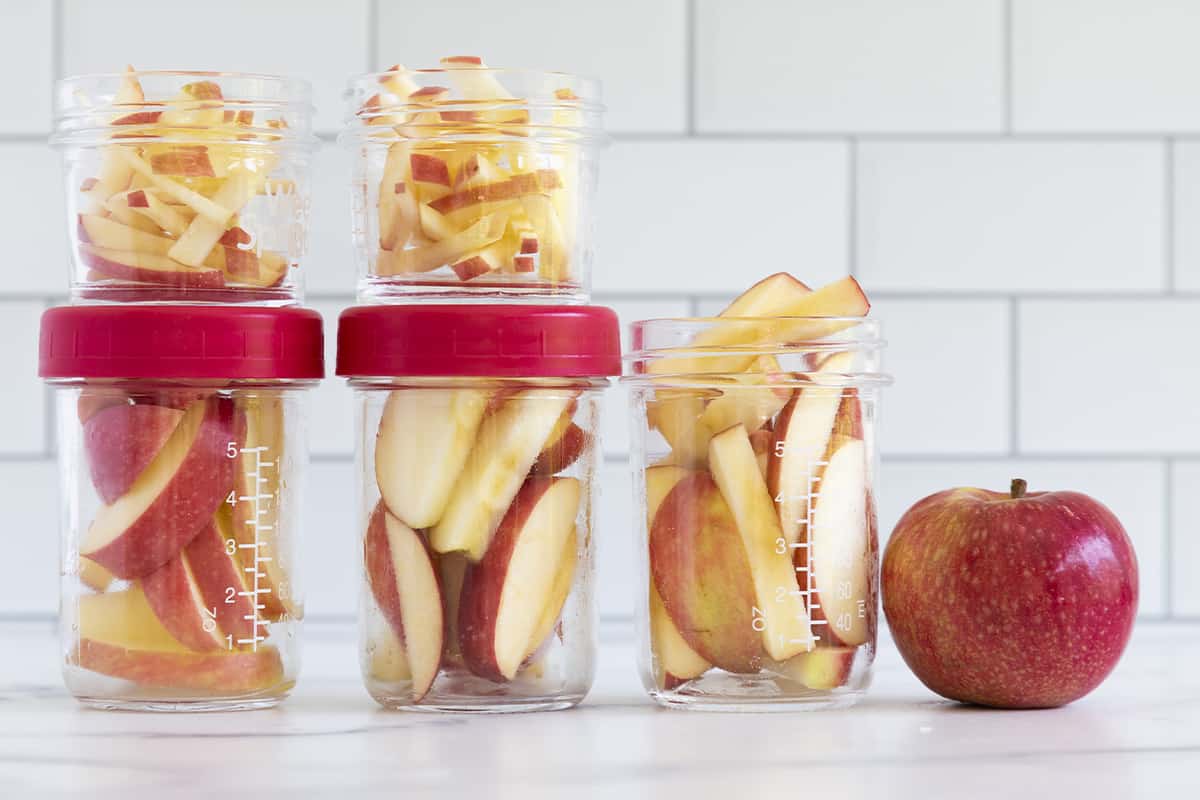
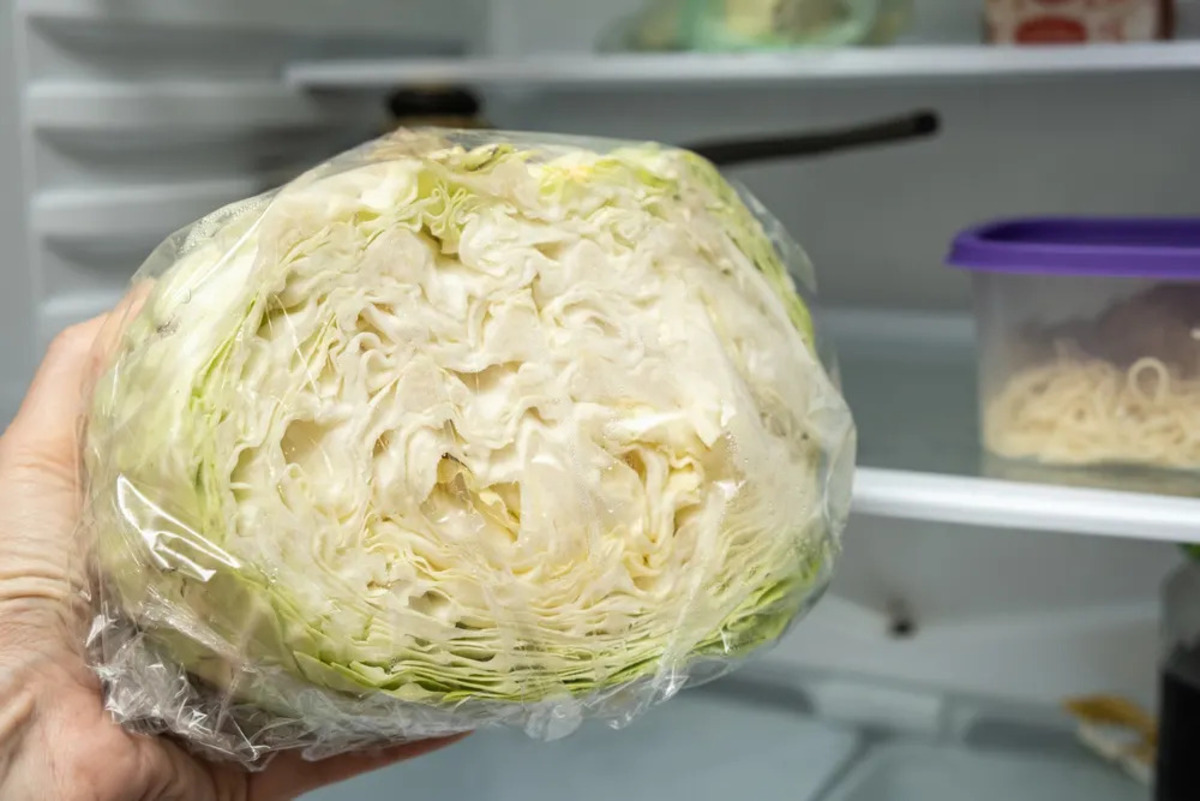
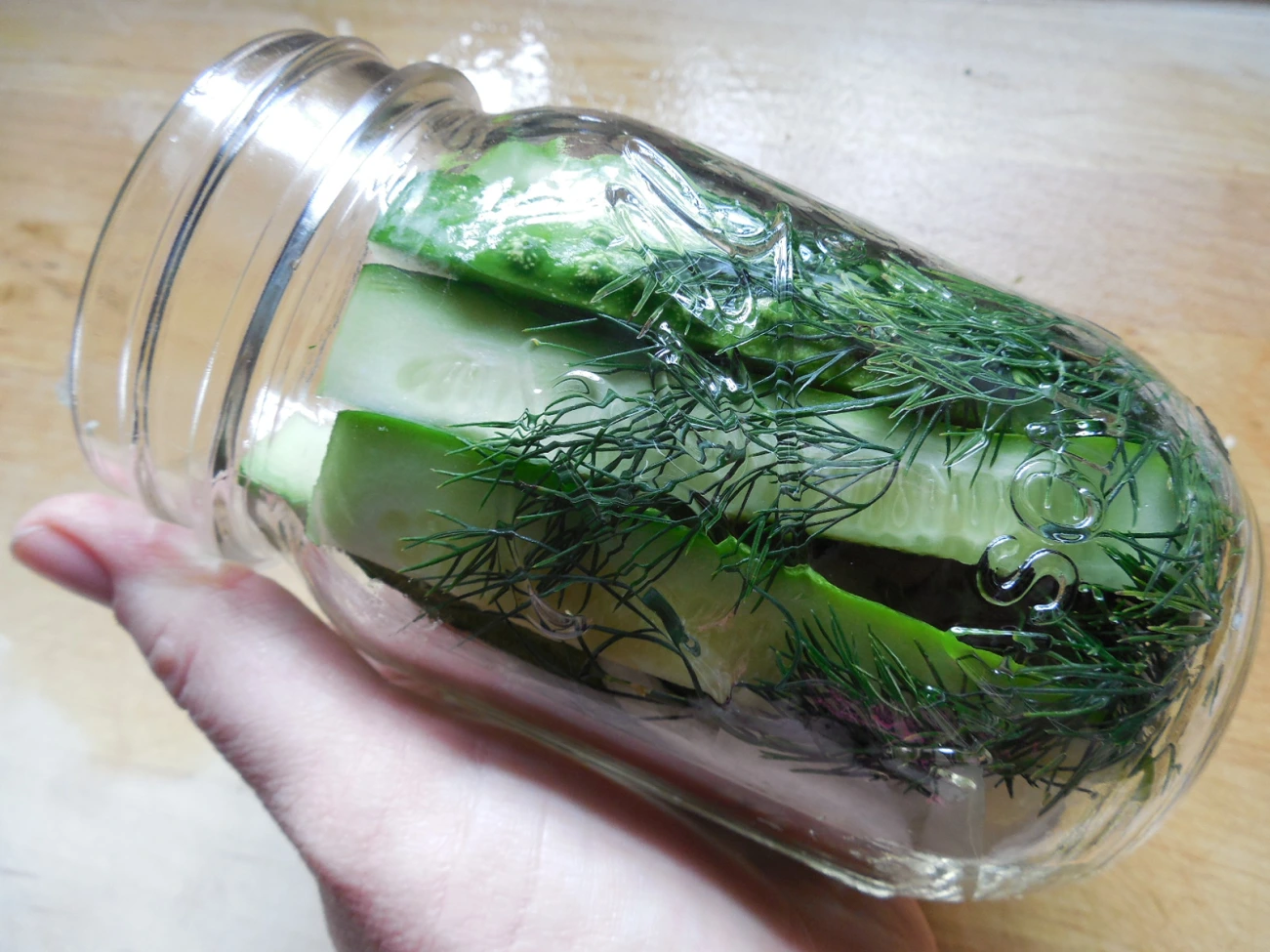
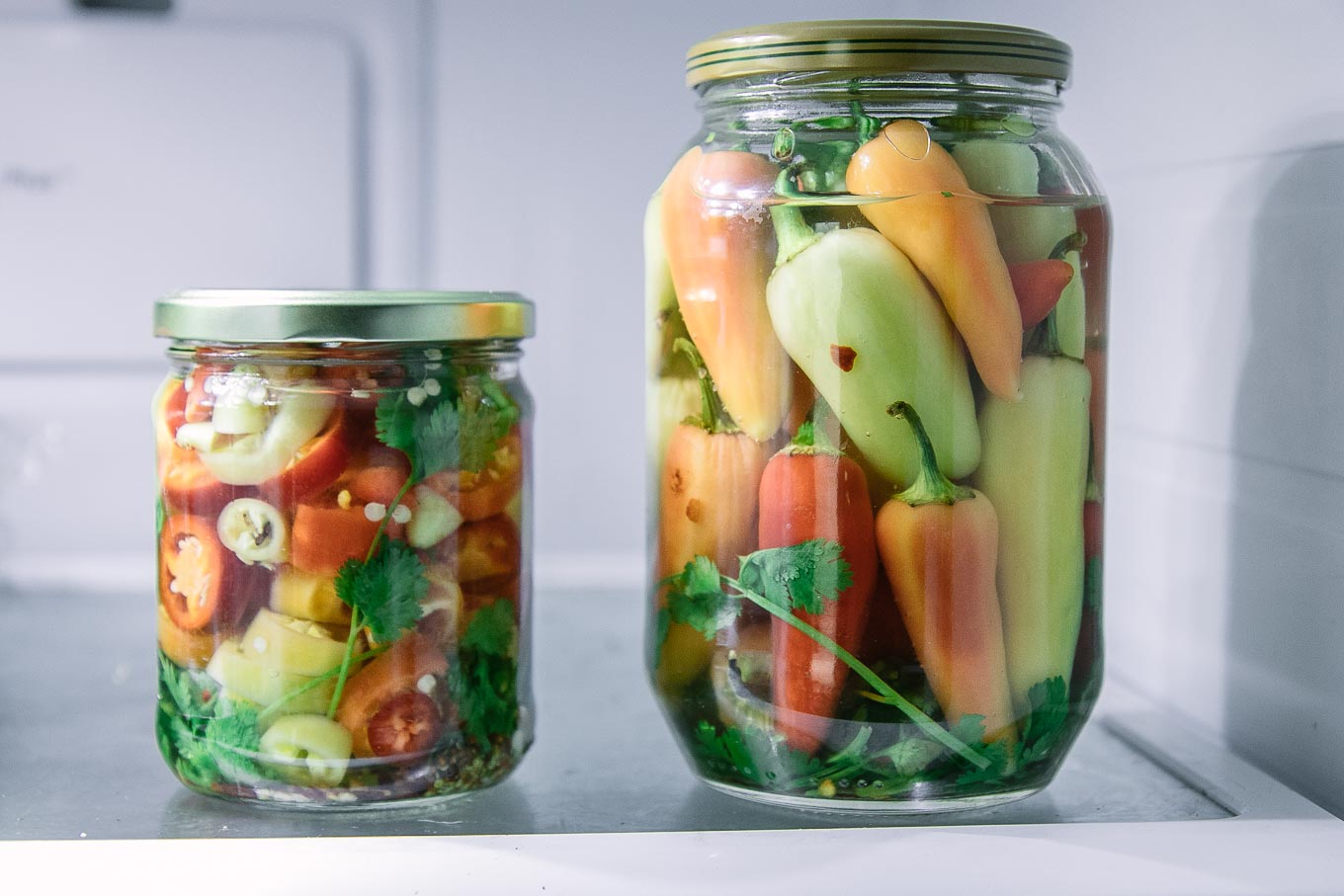
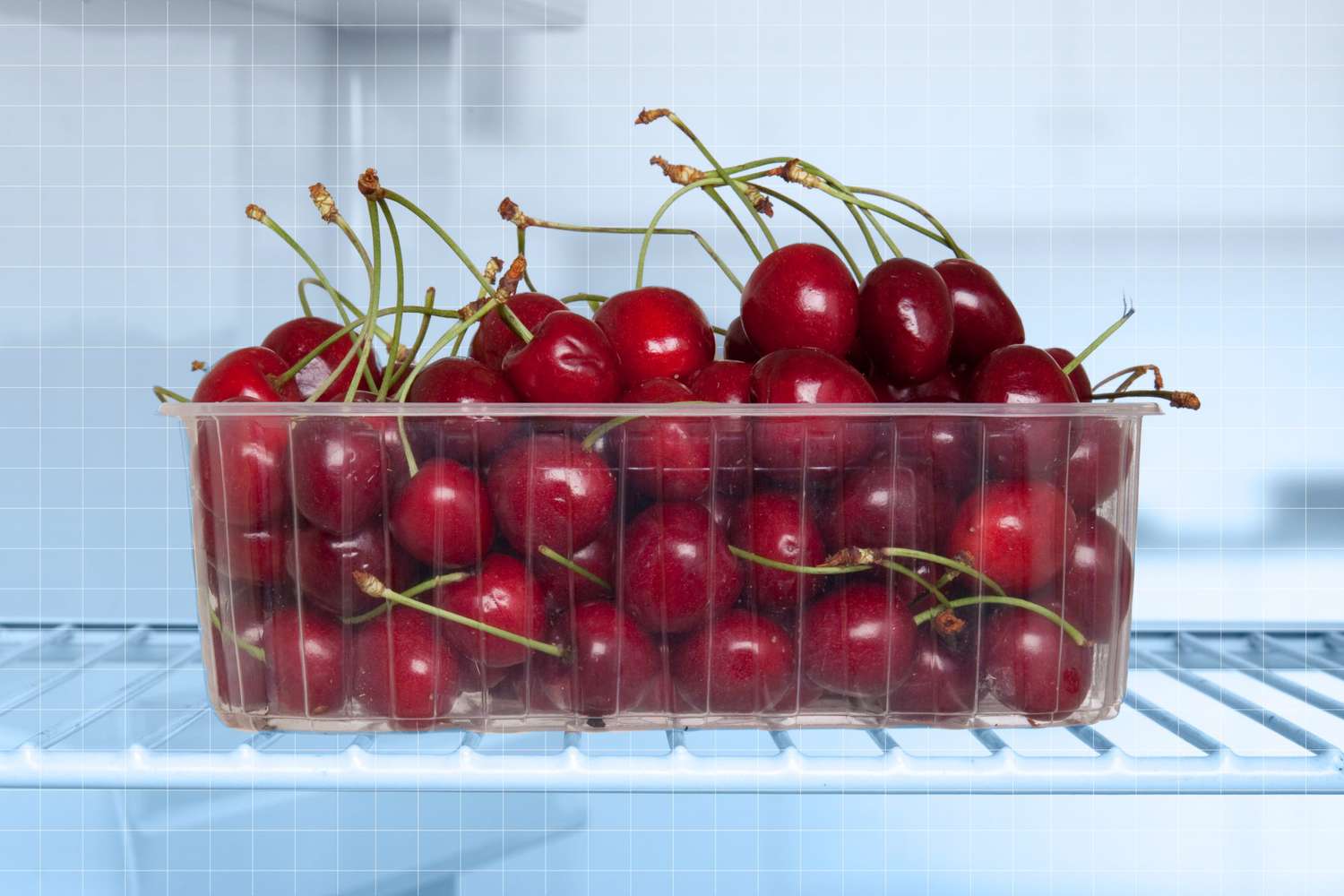
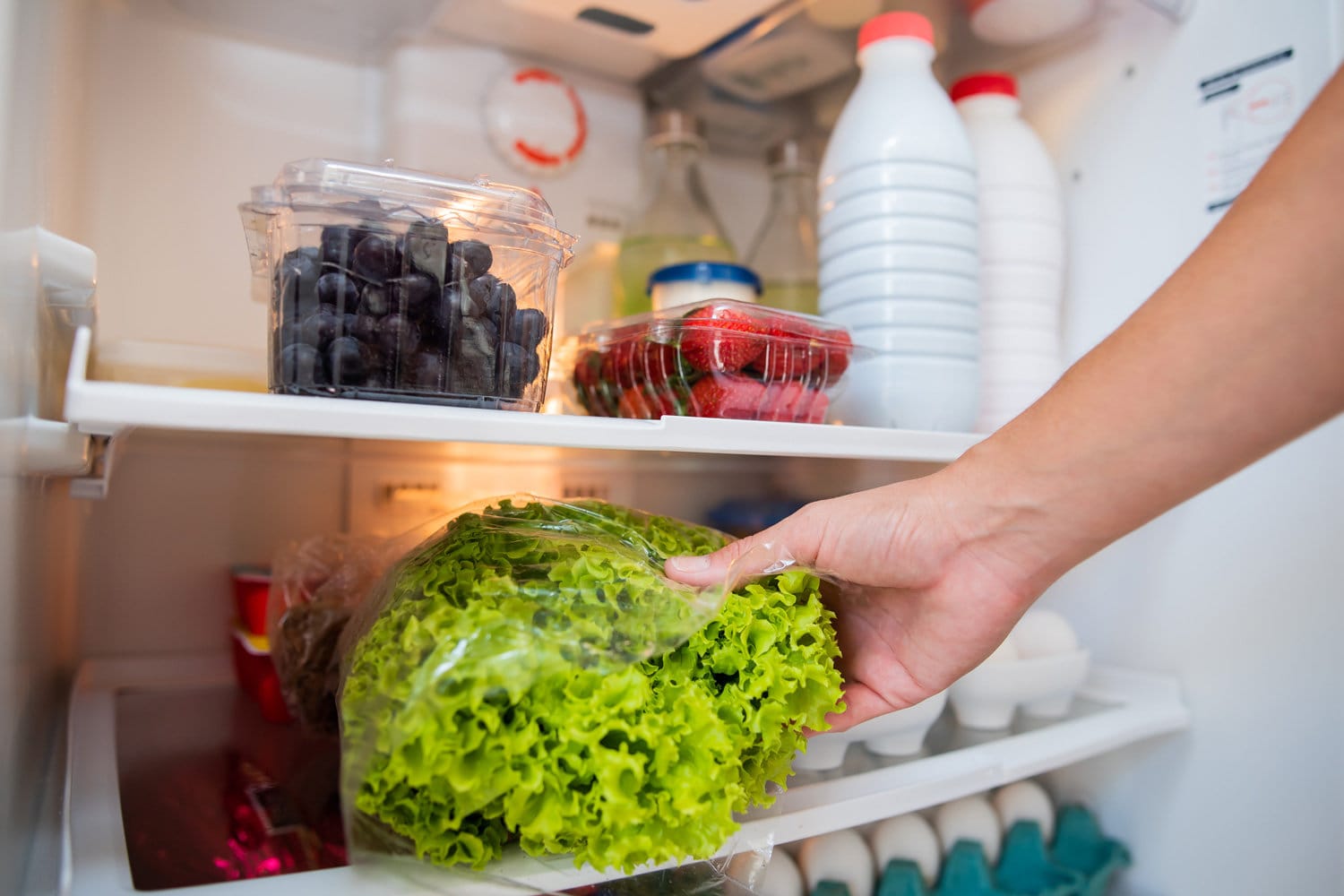
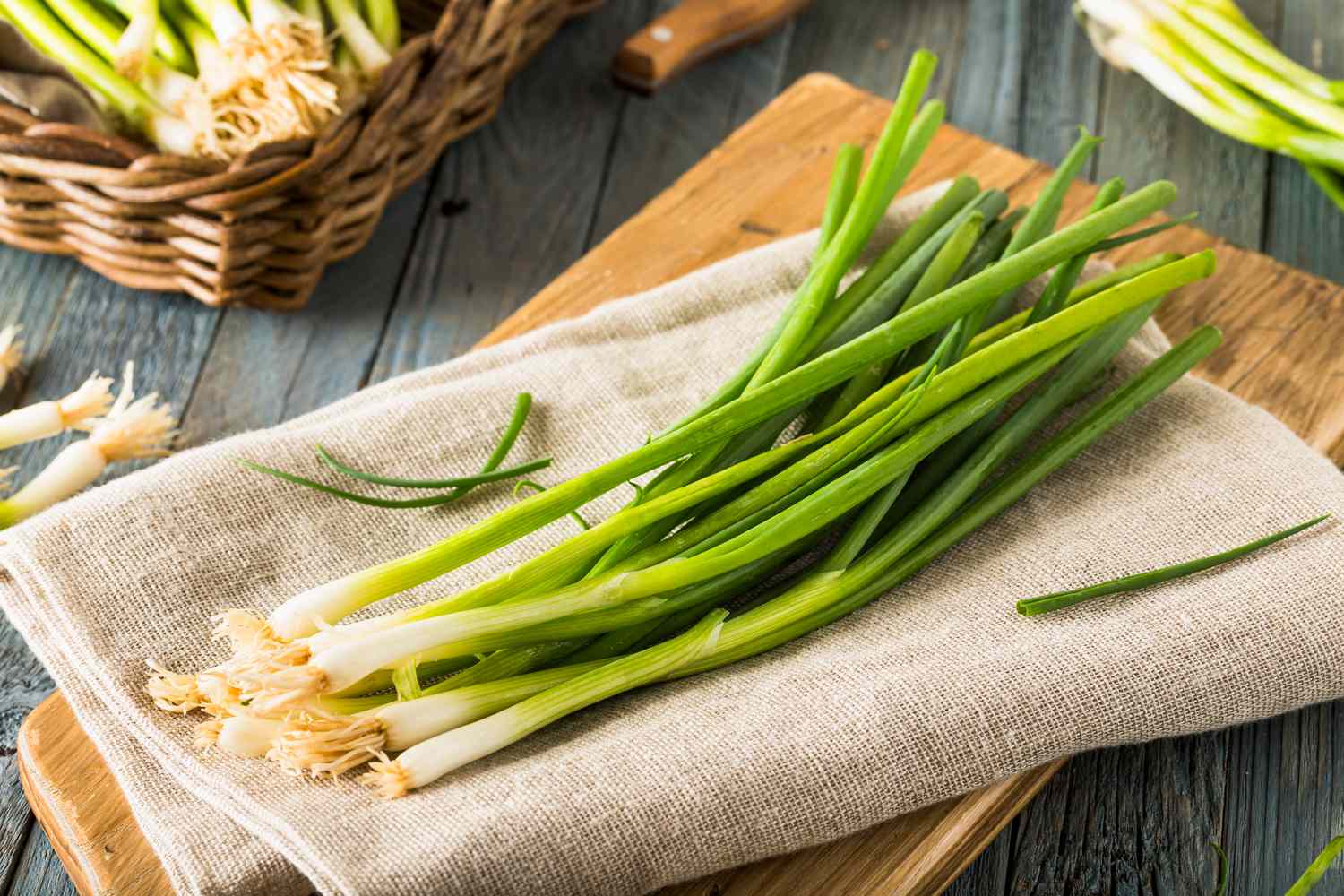
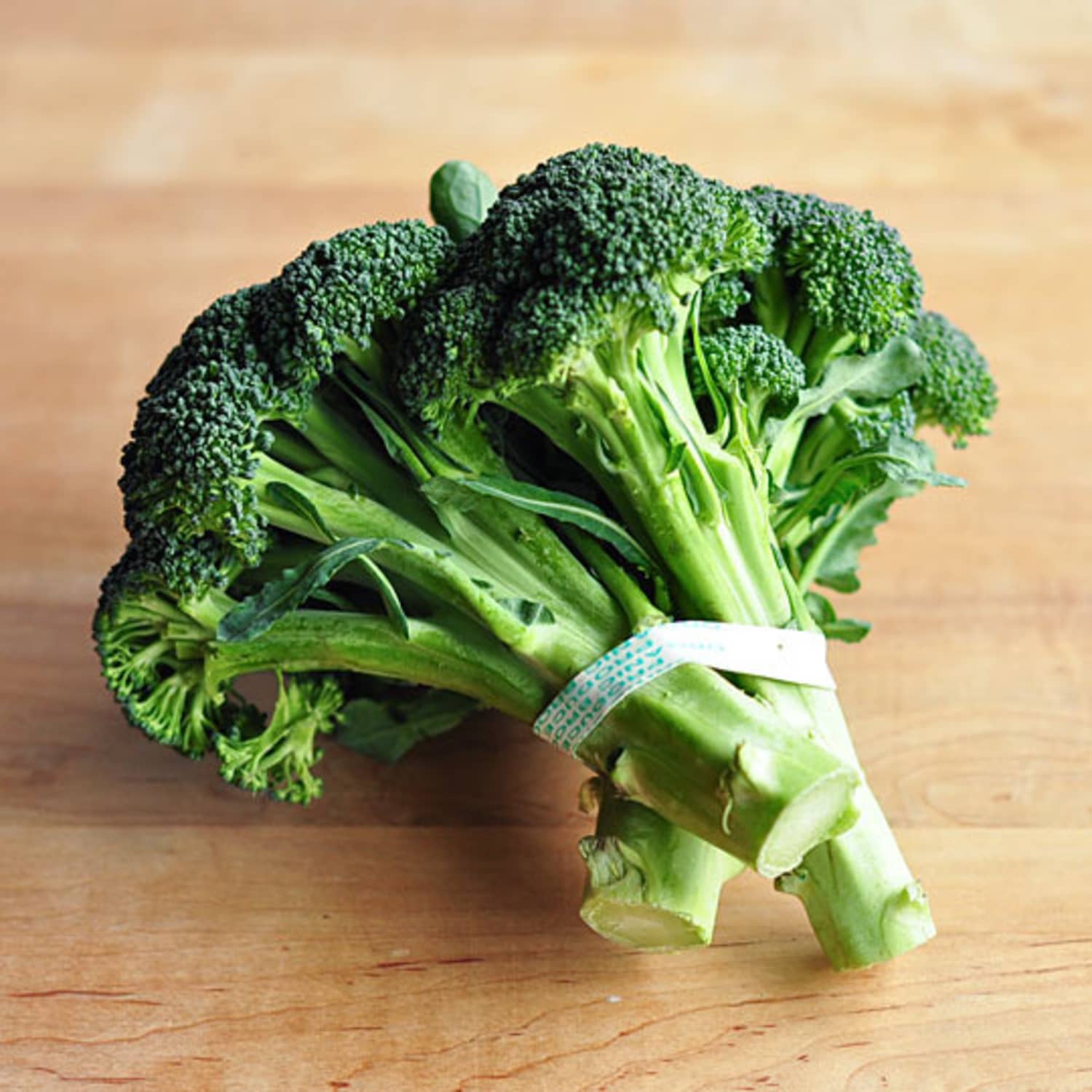
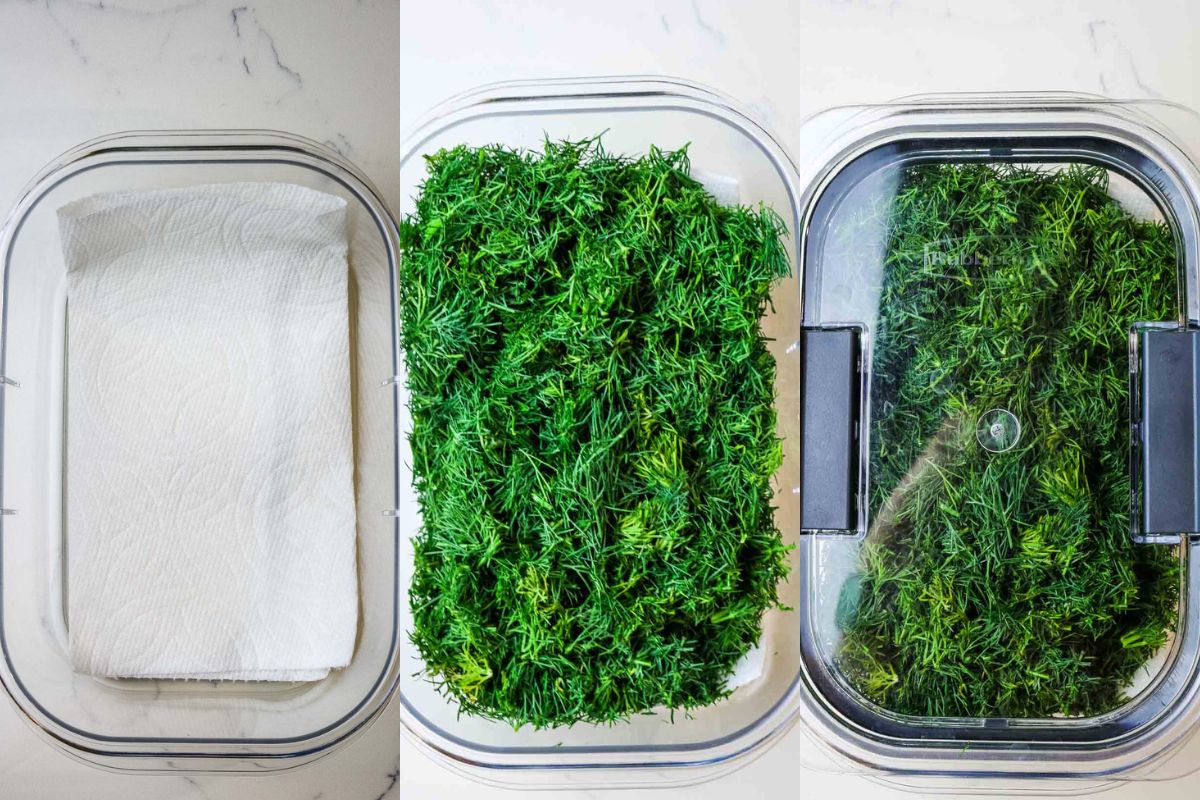
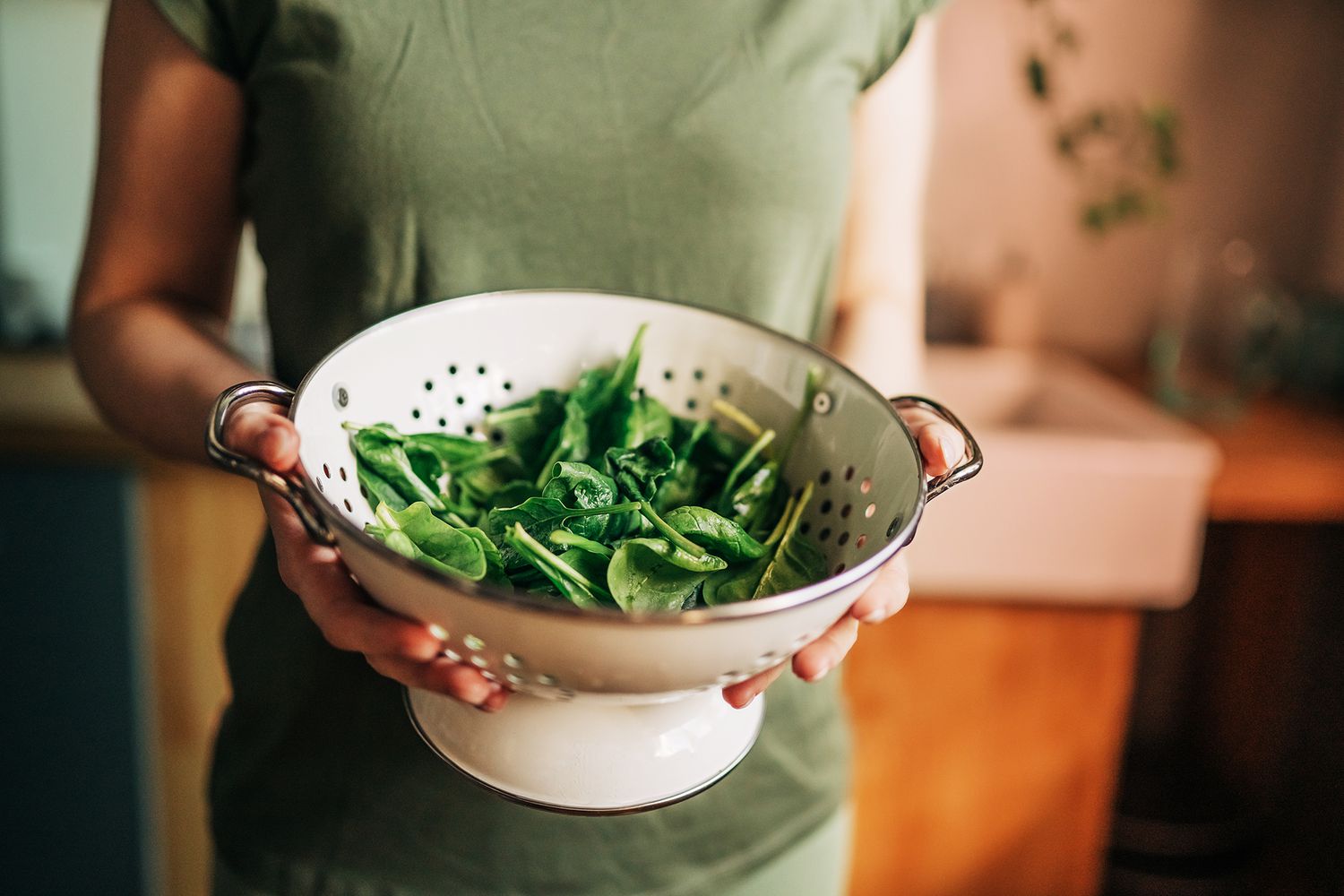
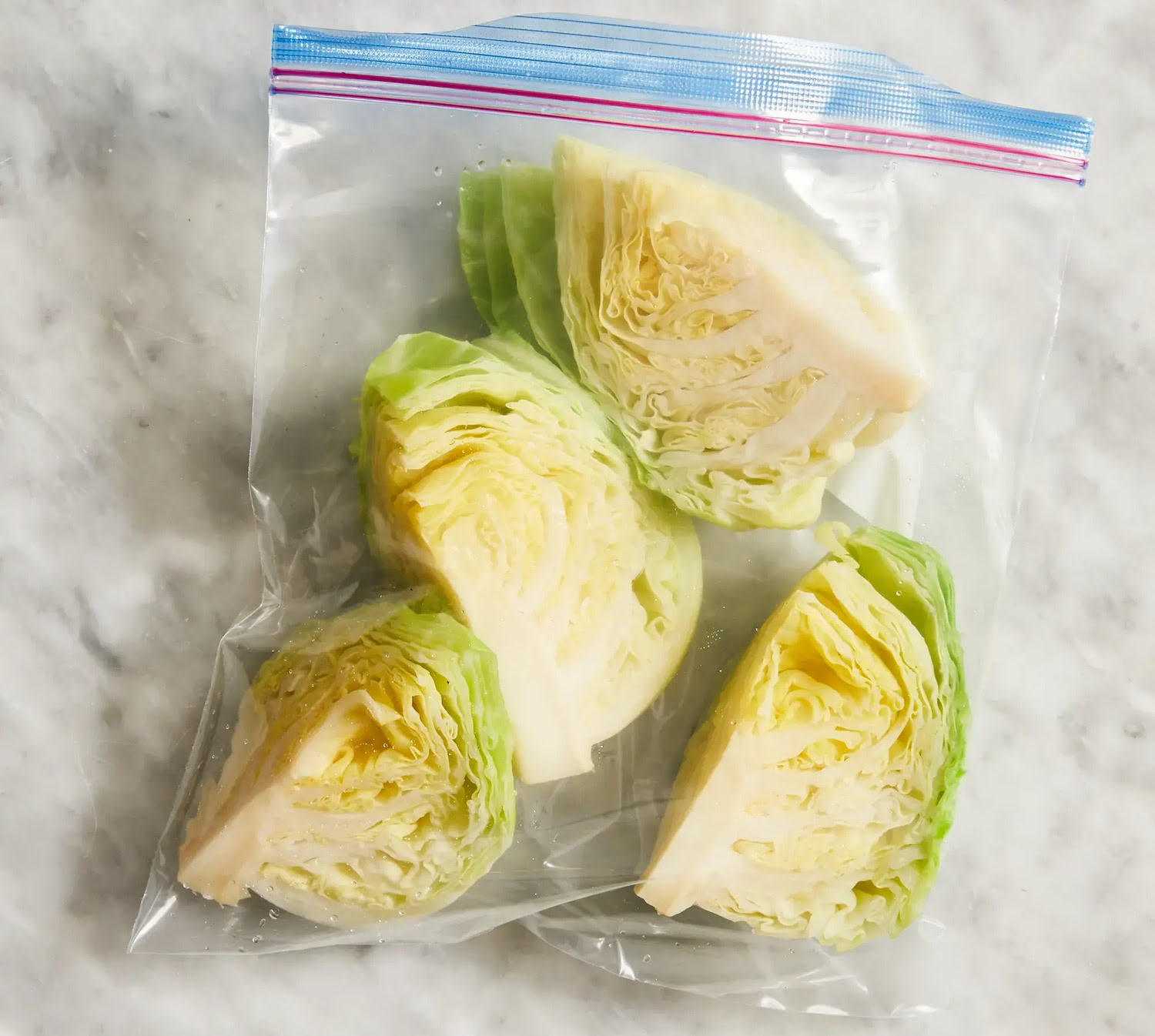
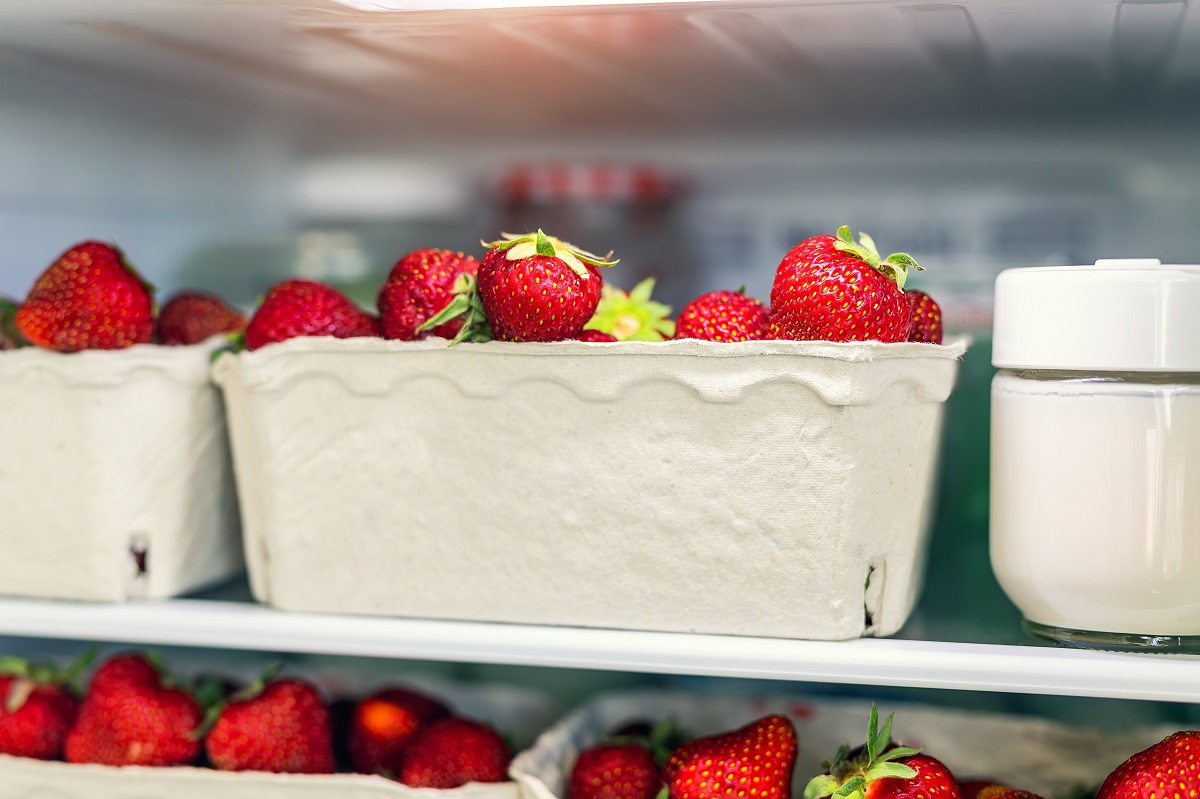
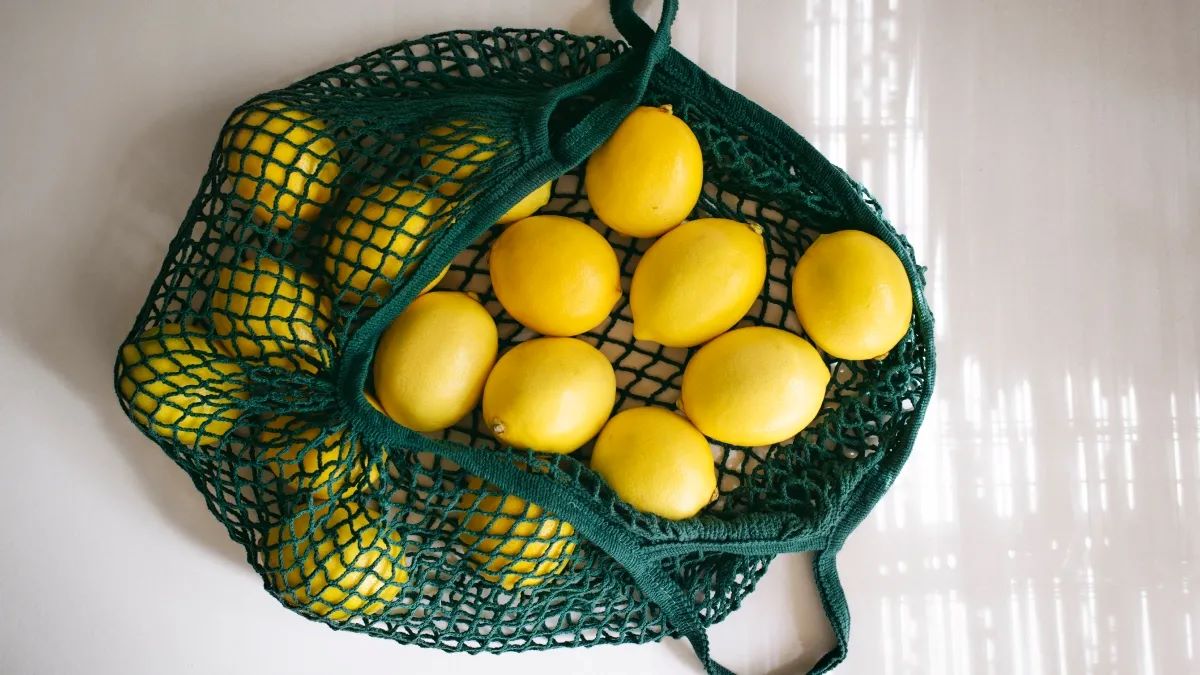
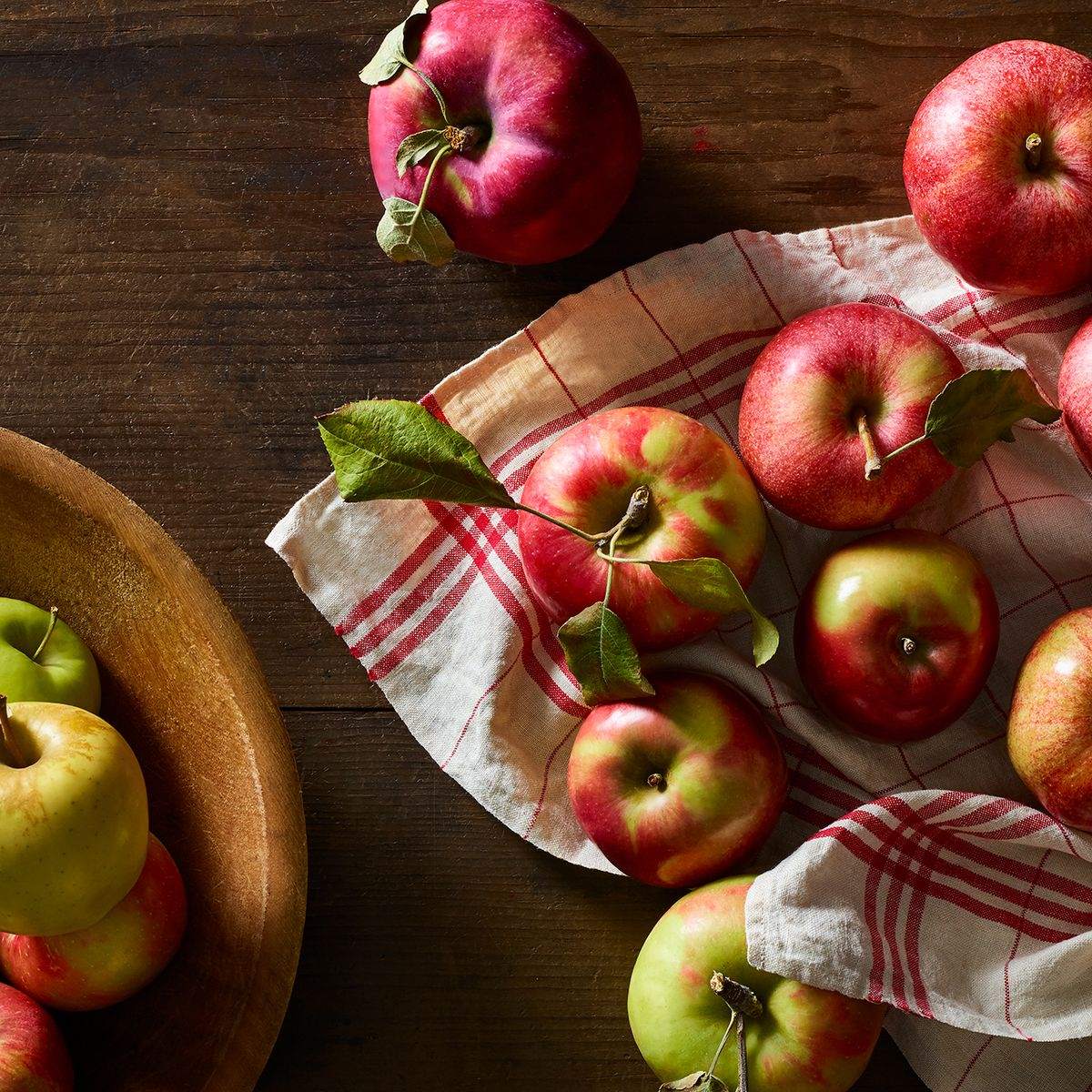

0 thoughts on “How To Store Vegetables In Refrigerator”